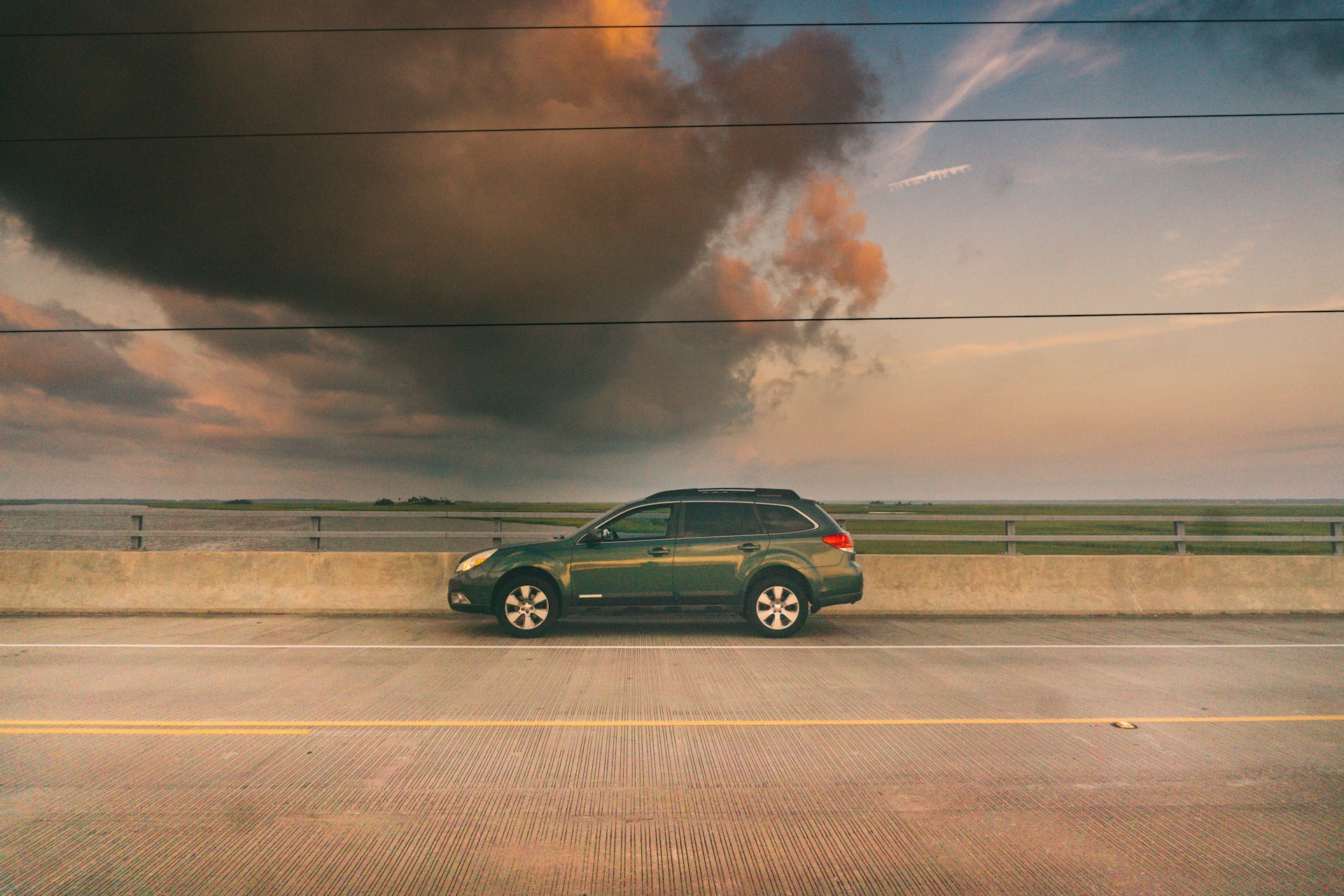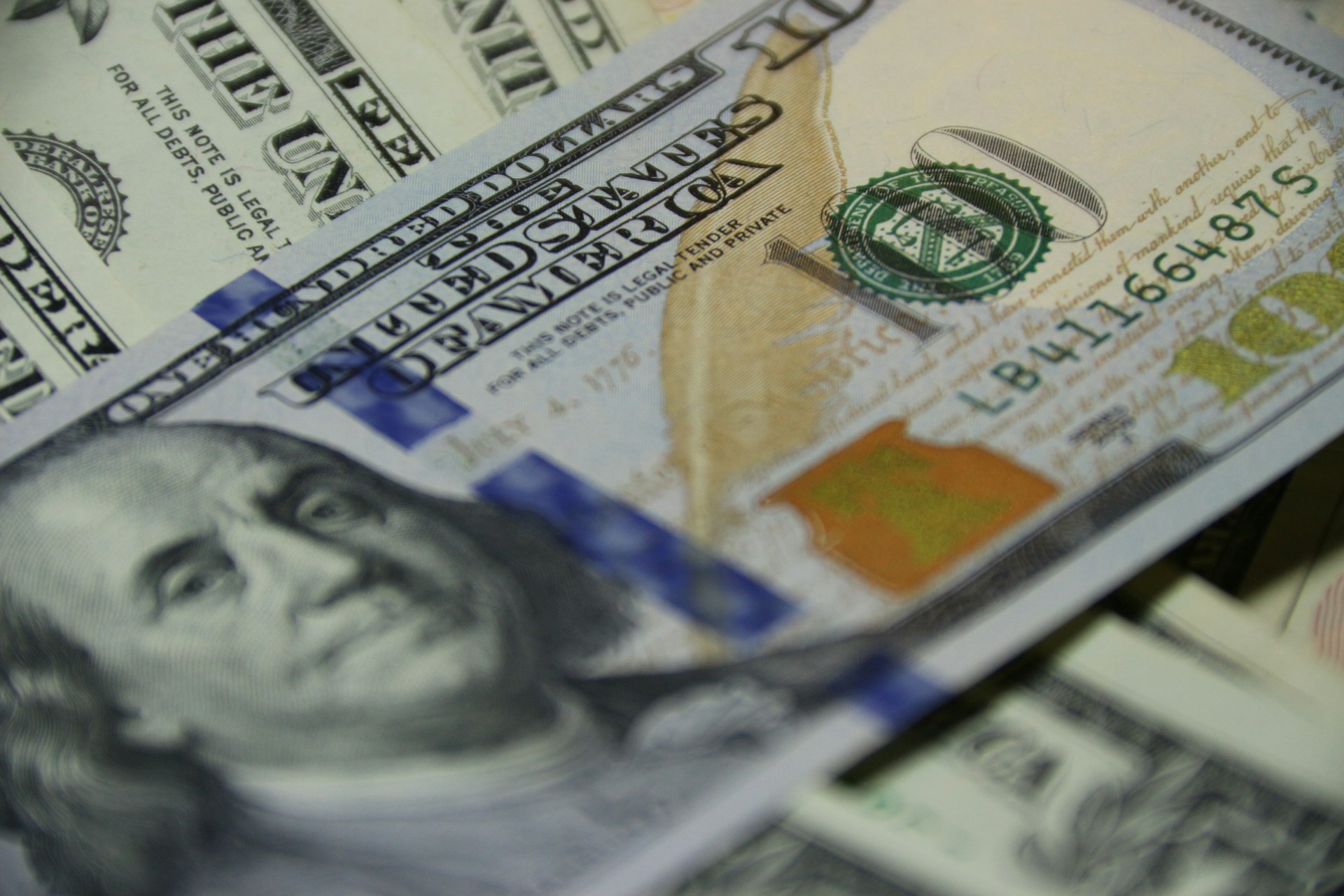In legal terms to be liable is to be responsible or be at fault by law. In a personal injury claim, to be liable refers to the obligation of a person responsible for an accident to compensate for all damages caused by their actions. However, this places a responsibility in the claimant’s hands; they have to prove that the defendant was at fault.
Navigating this process can be complex; both parties strive to prove their case, which is where lawyers play a crucial role. In an accident or crash where injury or death occurs, the plaintiff is allowed by law to receive compensation.
Keep reading to learn what legal liability is and how you can use it to your advantage.
How Can I Prove Legal Liability?
In civil cases, the claimant must establish the defendant’s liability. The approach varies according to the case type and nature. You can also prove that the actions of the defendant were deliberate, thereby increasing the amount of compensation.
Most claimants rely on the negligence method in personal injury claims. However, you should know that negligence is not intentional but an unreasonable action that gives rise to harm. A lawyer will be able to prove that the client is liable, either by negligence or not.
When Can a Negligible Party Be Made Liable for Damages?
In basic terms, negligence refers to a specific breach of the responsibility of care that causes another party injury or harm. The components of negligence are breach, duty, harm, and causation.
Every human has a responsibility of care to act like a reasonable party to everyone around them at every point in time. A breach of this duty of care that causes harm to another party is a legal liability founded on negligence. Injuries like a slip and fall or a more serious incident like a car accident, all of which come under personal injury claims in the law court, are usually argued as negligence.
For instance, if a driver’s car brakes fail at a crossing and hits a pedestrian who is on their right of way, it is called negligence. This is because it is believed that the driver owes a responsibility of care to the pedestrian and every other pedestrian at the time. Since the driver caused the pedestrian to suffer injuries, the driver will be made liable for them.
Can More Than One Person Be Legally Liable?
If there is more than one person who directly caused the accident, and it can be proven, they can all be made liable for the offense. This is called joint liability.
There are two types of non-negligent liability: strict and vicarious liability. Strict liability refers to liability that occurs due to the type of injury or accident. Examples are product defect claims and dangerous activity injuries.
Vicarious liability, on the other hand, refers to injuries that occur as a result of actions by another person who is not the defendant. An example is pinning the liability on an employer after an action by their employee, provided they were acting in line with the provisions of their work.
Conclusion
“Proving liability is essential in personal injury cases because it is a clear legal principle that whoever asserts must prove,” says attorney Rusty Levin. If you need to establish liability in the state of California, seek a California personal injury lawyer. Without one, you might not get the expected compensation or nothing at all; you could lose the case.
Getting a reputable California personal injury lawyer is key, which is why you should take your time to find one. They will be able to save you time and money and ensure you make the most of your compensation.







